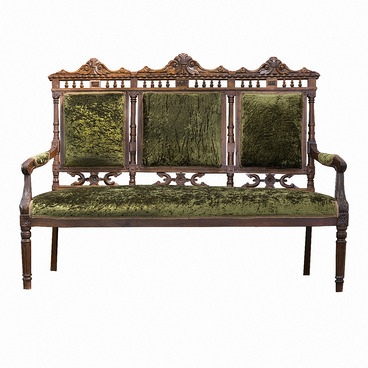There are two sculptures of Christ in the dungeon in the museum’s collection. Such works are also called “Midnight Savior”, “Suffering Christ” and “True Christ”. These human-scale sculptures were intended for temples: they were installed in special anconas or separate chapels.
The iconography (the accepted way of depicting) of Christ in the dungeon was based on an apocryphal legend, which describes the last days of His earthly life, martyrdom and miraculous resurrection. The Savior was depicted sitting, while almost always one hand was shown mournfully pressed to the cheek, and the other was calmly lying on the hip. A crown of thorns was depicted on Christ’s head, with blood flowing across the body in streams. According to the Gospels, a crown made of thorny branches was placed by Roman soldiers on the head of Jesus Christ when he was mocked. In the Gospel of Matthew, this is described in the following words,
The iconography (the accepted way of depicting) of Christ in the dungeon was based on an apocryphal legend, which describes the last days of His earthly life, martyrdom and miraculous resurrection. The Savior was depicted sitting, while almost always one hand was shown mournfully pressed to the cheek, and the other was calmly lying on the hip. A crown of thorns was depicted on Christ’s head, with blood flowing across the body in streams. According to the Gospels, a crown made of thorny branches was placed by Roman soldiers on the head of Jesus Christ when he was mocked. In the Gospel of Matthew, this is described in the following words,



